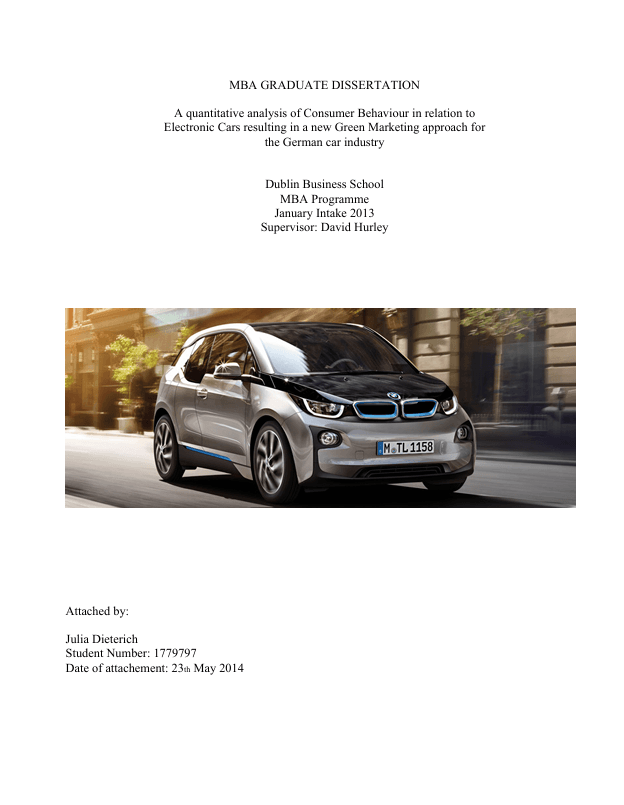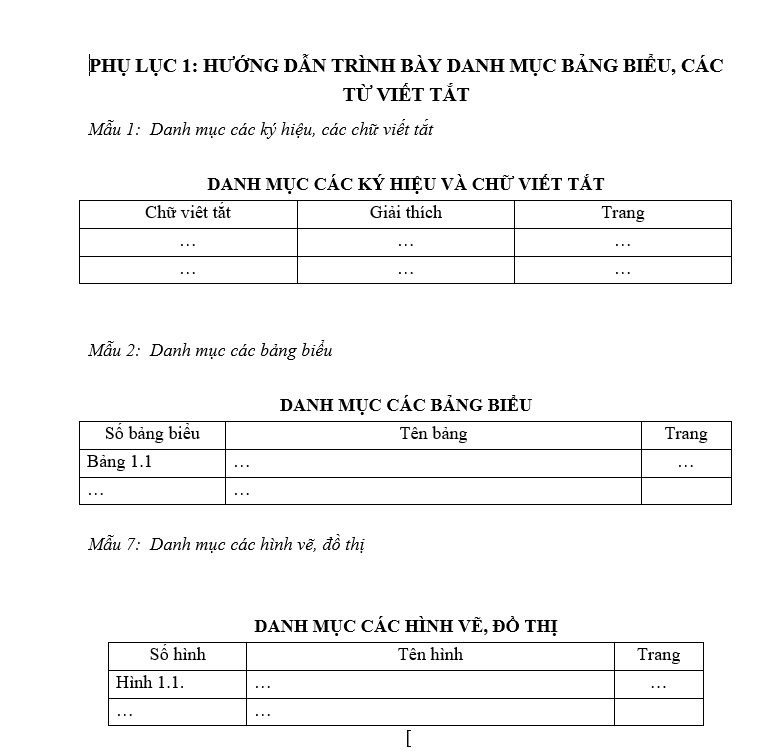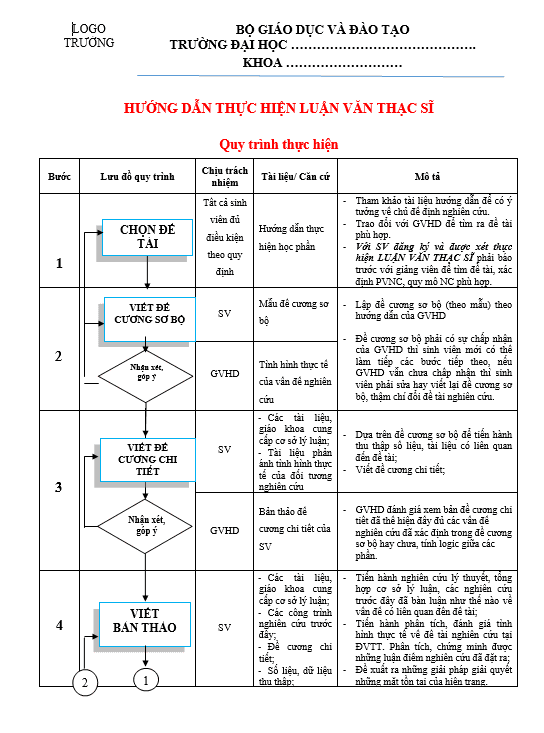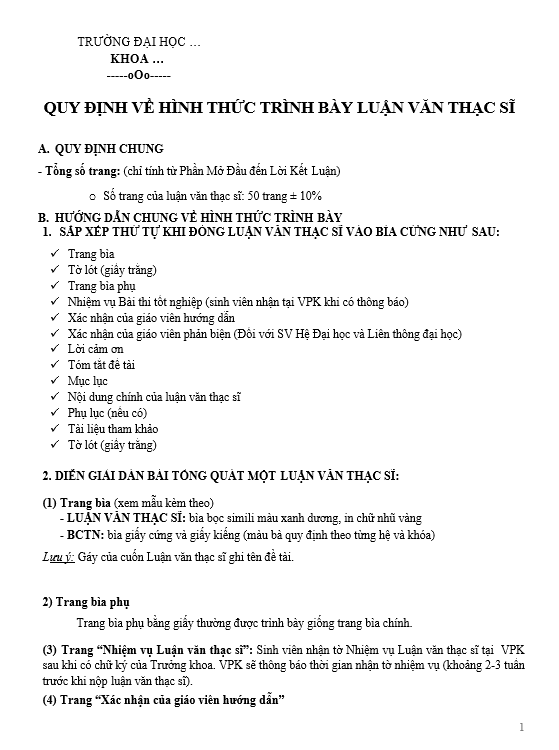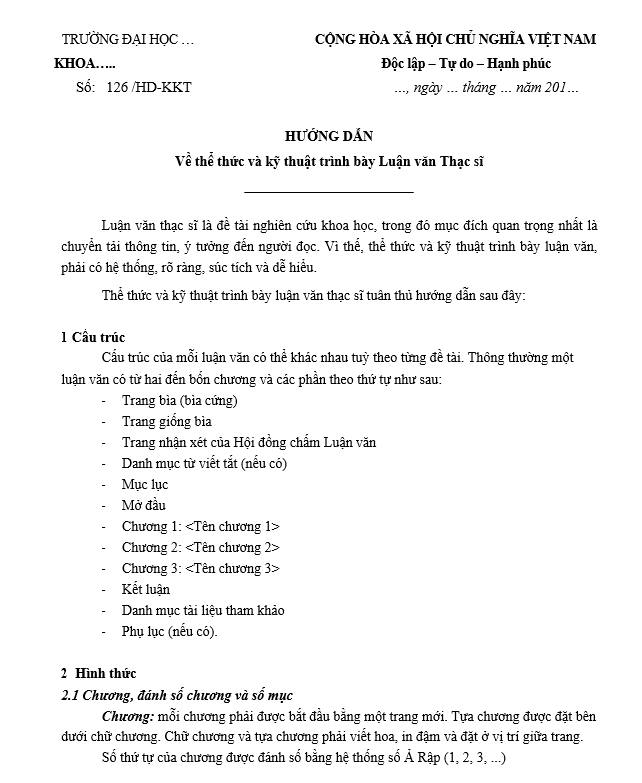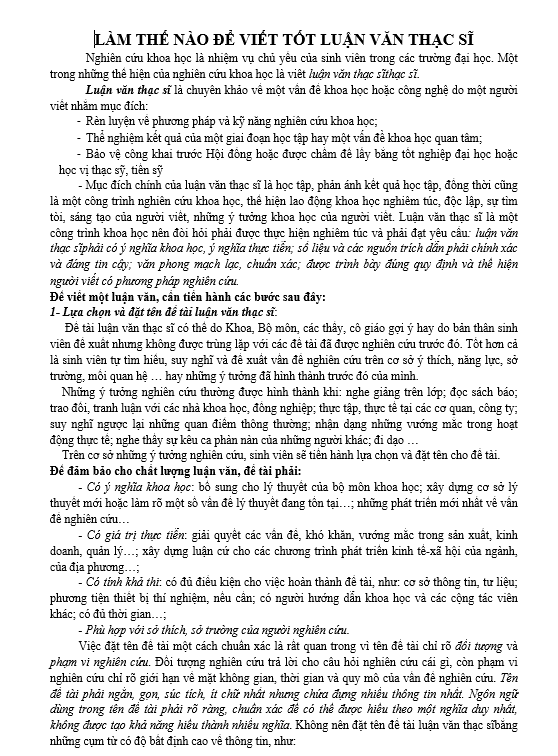Table of contents
Table of contents …………………………………………………………………………………………………………………………….. 3
List of Figures ………………………………………………………………………………………………………………………………….. 6
Acknowledgements ………………………………………………………………………………………………………………………… 8
Abstract ……………………………………………………………………………………………………………………………………………. 9
1. Justification of the Dissertation Topic ……………………………………………………………………………………. 10
1.1 Academic Justification ………………………………………………………………………………………………………………….. 10
1.2 Industrial Justification ………………………………………………………………………………………………………………….. 11
1.3 Personal Justification ……………………………………………………………………………………………………………………. 12
2. Literature Review ……………………………………………………………………………………………………………………… 13
2.1 Introduction ………………………………………………………………………………………………………………………………………. 13
2.2 Academic Review ………………………………………………………………………………………………………………………………. 13
2.2.1 Consumer Behaviour in the German E-car industry …………………………………………………………………………….. 13
2.2.1.1 Role of Marketing Communication in Consumer Behaviour Theory …………………………………………………………… 13
2.2.1.2 The Hierarchy of Effects model ……………………………………………………………………………………………………………………………. 13
2.2.1.3 Consumer Proposition Acquisition Process Model ………………………………………………………………………………………….. 14
2.2.1.4 Influence factors on the E-car Purchasing Decision Process …………………………………………………………………………. 15
2.2.1.4.1 Consumer Opinion leads to Consumer Attitude ………………………………………………………………………………………. 16
2.2.1.4.2 Rational and emotional driven Purchasing Process of an E-car …………………………………………………………… 16
2.2.2 Branding Strategy in the German E-car industry ………………………………………………………………………………….. 17
2.2.2.1 Definition of a Brand ………………………………………………………………………………………………………………………………………………. 17
2.2.2.2 Consumer-based perspective on Brand Equity ………………………………………………………………………………………………… 17
2.2.2.2.1 Brand Perception ……………………………………………………………………………………………………………………………………………. 18
2.2.2.2.2 Brand Image …………………………………………………………………………………………………………………………………………………….. 19
2.2.2.3 The ValueDrivers model ………………………………………………………………………………………………………………………………………… 19
2.2.3 A Green Branding approach in relation to the German E-car industry ……………………………………………. 21
2.2.3.1 Definition of Green Branding ………………………………………………………………………………………………………………………………… 21
2.2.3.2 Danger of Green Washing ……………………………………………………………………………………………………………………………………… 21
2.2.3.3 Marketing Communications of a Green Brand ………………………………………………………………………………………………….. 22
2.2.3.4 Green Brand building of German E-car producers …………………………………………………………………………………………… 22
2.3 Contextual Review ……………………………………………………………………………………………………………………………. 23
2.3.1 German E-car industry ………………………………………………………………………………………………………………………………… 23
2.3.1.1 Evolution and Future Outlook of the German E-car industry ……………………………………………………………………….. 23
2.3.1.2 Reasons for the actual low Consumer Demand of E-cars in Germany ………………………………………………………… 24
2.3.2 E-car Brand Strategy of BMW ……………………………………………………………………………………………………………………. 25
2.3.2.1 Brand Strategy of BMW …………………………………………………………………………………………………………………………………………. 25
2.3.2.2 Goal of the Brand Strategy of the BMW Group …………………………………………………………………………………………………. 25
2.3.2.3 Communicated Brand Image in the Marketing Campaign of the brand BMWi …………………………………………. 26
2.4 Conclusion …………………………………………………………………………………………………………………………………………. 26
3. Research Methodology and Methods …………………………………………………………………………………….. 27
3.1 Introduction ………………………………………………………………………………………………………………………………………. 27
3.2 Overall Quantitative Research Objectives …………………………………………………………………………………….. 27
3.3 Positivism ………………………………………………………………………………………………………………………………………….. 27
3.4 Deductive Method …………………………………………………………………………………………………………………………….. 28
3.5 Hypotheses ………………………………………………………………………………………………………………………………………… 28
3.6 Survey …………………………………………………………………………………………………………………………………………………. 30
3.7 Non-Probability Sampling ……………………………………………………………………………………………………………….. 30
3.8 Quota Sampling …………………………………………………………………………………………………………………………………. 31
3.9 Sample and Quota groups ………………………………………………………………………………………………………………… 31
3.9 Quantitative data collection and sampling tool ……………………………………………………………………………. 32
3.10 Data Analysing ………………………………………………………………………………………………………………………………… 32
3.11 Methodology Plan …………………………………………………………………………………………………………………………… 32
3.11.1 Limitations …………………………………………………………………………………………………………………………………………………… 32
3.11.2 Ethical Implications …………………………………………………………………………………………………………………………………… 33
3.11.3 Time Allocation …………………………………………………………………………………………………………………………………………… 34
3.12 Conclusion ……………………………………………………………………………………………………………………………………….. 34
4. Data Analysis ……………………………………………………………………………………………………………………………… 35
4.1 Introduction ………………………………………………………………………………………………………………………………………. 35
4.2 Data Analysis of the Sample …………………………………………………………………………………………………………….. 35
4.3 Data Analysis for Hypothesis 1 ……………………………………………………………………………………………………….. 39
4.3.1 Product Information …………………………………………………………………………………………………………………………………….. 39
4.3.2 Brand Personality …………………………………………………………………………………………………………………………………………. 43
4.3.3 Product Associations ……………………………………………………………………………………………………………………………………. 45
4.3 Data Analysis for Hypothesis 2 ……………………………………………………………………………………………………….. 50
4.4 Data Analysis for Hypothesis 3 ……………………………………………………………………………………………………….. 54
4.5 Data analysis for Hypothesis 4 ………………………………………………………………………………………………………… 57
4.6 Recommendations ……………………………………………………………………………………………………………………………. 62
4.6.1 Future Academic Study ……………………………………………………………………………………………………………………………….. 62
4.6.2 Recommendations for the Industry ………………………………………………………………………………………………………….. 64
4.6.2.1 Recommendations for the Consumer Behaviour ……………………………………………………………………………………………… 64
4.6.2.2 Recommendations for Hypothesis 1 …………………………………………………………………………………………………………………… 65
4.6.2.3 Recommendations for Hypothesis 2 …………………………………………………………………………………………………………………… 65
4.6.2.4 Recommendations for Hypothesis 3 …………………………………………………………………………………………………………………… 66
4.6.2.5 Recommendations for Hypothesis 4 …………………………………………………………………………………………………………………… 66
4.7 Conclusion …………………………………………………………………………………………………………………………………………. 66
5. Overall Conclusion ……………………………………………………………………………………………………………………. 67
6. Self Reflection on Own Learning and Performance ……………………………………………………………… 68
6.1. Introduction ……………………………………………………………………………………………………………………………………… 68
6.2. Learning Style Theories ………………………………………………………………………………………………………………….. 68
6.3. Personal Achievements …………………………………………………………………………………………………………………… 70
6.4. Problems encountered ……………………………………………………………………………………………………………………. 71
6.6. Action plan for a life long Learning Process …………………………………………………………………………………. 71
6.7. Conclusion ………………………………………………………………………………………………………………………………………… 72
7. Appendices ………………………………………………………………………………………………………………………………… 73
Appendix A: The BMW overall corporate strategy ‘Number One’ ………………………………………….. 73
Appendix B: Questionnaire ………………………………………………………………………………………………………….. 74
Appendix D: EU Data Protection Legislation …………………………………………………………………………….. 81
Appendix E: BMWi3 Marketing campaign in Germany ……………………………………………………………. 81
Appendix F: Brand portfolio of BMW …………………………………………………………………………………………. 82
Appendix G: Reasons for the high price of E-cars …………………………………………………………………….. 82
8. Bibliography ………………………………………………………………………………………………………………………………. 84

